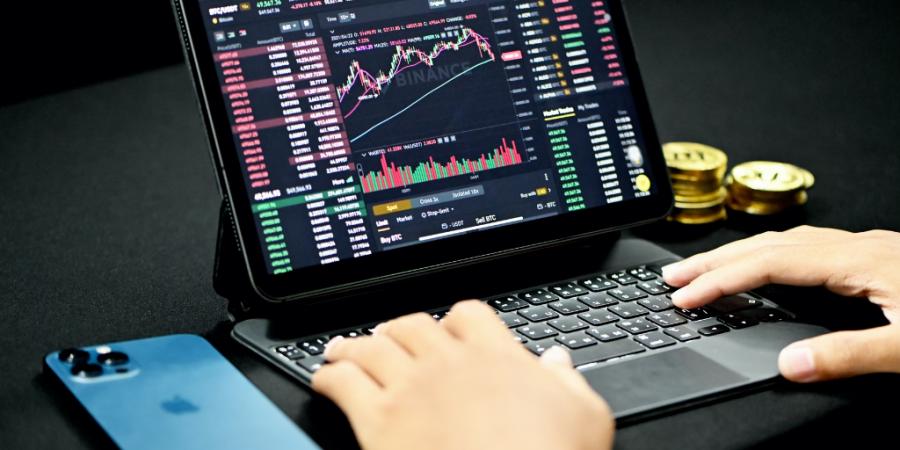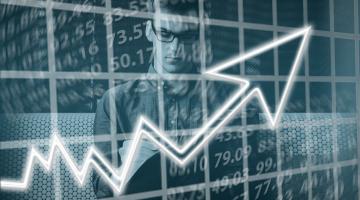Understanding the Cryptocurrency Fear and Greed Index
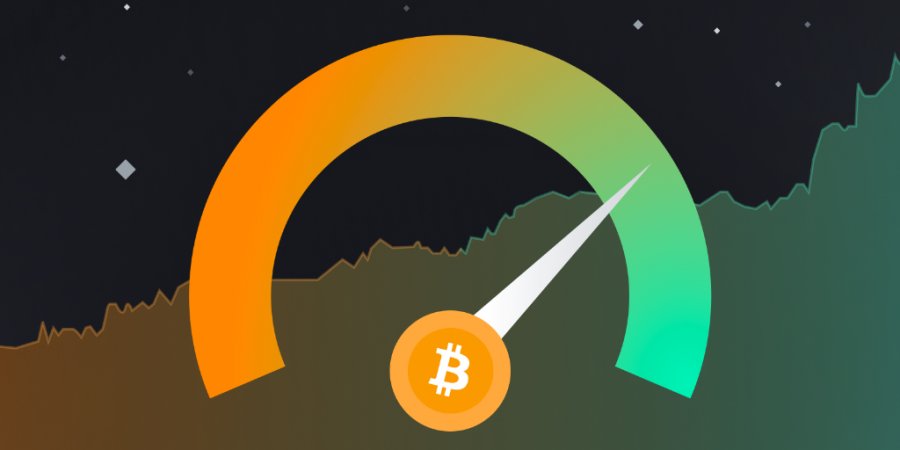
The world of cryptocurrency trading is a roller coaster ride, filled with exhilarating highs and stomach-churning lows. Amidst this volatility, traders and investors are constantly grappling with the emotions of fear and greed. These sentiments, often triggered by market trends, news events, and social media chatter, can significantly influence the direction of the crypto market. To help navigate these emotional waters, a tool known as the Fear and Greed Index has been developed. This index serves as a barometer for market sentiment, providing valuable insights that can guide investment decisions.
The Fear and Greed Index: A Primer
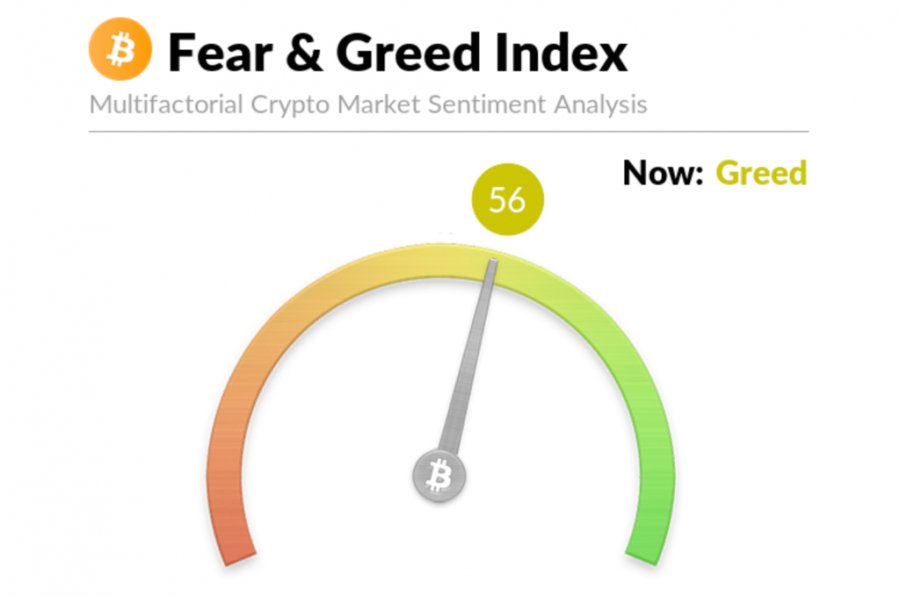
The Fear and Greed Index is a metric that gauges the emotions of market participants. It is based on the premise that excessive fear can result in stocks being oversold, creating a buying opportunity, while heightened greed can lead to stocks being overbought, signaling a selling opportunity. The index measures market sentiment on a scale from 0 to 100, with 0 indicating extreme fear and 100 indicating extreme greed.
The concept of the Fear and Greed Index was first introduced by CNNMoney in 2011 for traditional financial markets. However, given the unique dynamics and volatility of the cryptocurrency market, a separate Fear and Greed Index for cryptocurrencies has been developed.
How the Fear and Greed Index Works
The Fear and Greed Index for cryptocurrencies operates on the same basic principles as its traditional counterpart, but with a few key differences. The index uses a variety of data sources to measure market sentiment, including market volatility, market momentum, social media sentiment, and Google Trends data.
For instance, when the market is bullish, and prices are rising, the index will reflect a state of greed. Conversely, when the market is bearish, and prices are falling, the index will indicate a state of fear. This information can be invaluable for traders and investors, helping them make informed decisions about when to buy or sell.
The Factors That Contribute to the Index
The Fear and Greed Index is a composite measure that takes into account several different factors. These include:
Current Volatility
A significant component of the Fear and Greed Index is the current volatility of the market. A rise in volatility often contributes to a rise in fear in the market, as it indicates a higher level of uncertainty and risk. Conversely, a decrease in volatility can suggest a shift towards greed, as it indicates a more stable and predictable market. This factor contributes to approximately 25% of the index's result.
Momentum/Volume of the Market
The momentum or volume of the market is another key factor. When buying volumes are unusually high, it can suggest an atmosphere of greed, as it indicates a high level of buying activity. This factor is calculated by comparing the current stats to the average of the last 30 and 90 days, and it contributes to about 25% of the end result.
Social Media Posts
Social media posts also play a role in the Fear and Greed Index. High interaction rates with hashtags related to various coins on platforms like Twitter can indicate a tilt towards greed, as it suggests a rising interest in certain coins. Conversely, falling interaction rates can suggest a shift towards fear. This factor carries about 15% weight of the end result.
Surveys
Surveys are another aspect of the Fear and Greed Index. By asking people directly about their views on the crypto market, a more direct measure of market sentiment can be obtained. The opinions expressed in weekly surveys make up around 15% of the result.
Bitcoin Dominance
The dominance of Bitcoin in the market is also taken into account. A rising dominance suggests that people are being more cautious with their crypto choices, which can indicate a state of fear. Conversely, a falling dominance can suggest a state of greed, as people are more open to experimenting with altcoins. This factor contributes to the index by around 10%.
Google Trends
Finally, data about search queries related to Bitcoin on Google can provide insights into the general atmosphere in the market. For example, a growing number of queries including "Bitcoin price manipulation" can be interpreted as a sign of fear, while an increase in queries such as "How to buy crypto" can suggest greedy times. This factor contributes to about 10% of the index's result.
Practical Examples: The Fear and Greed Index in Action
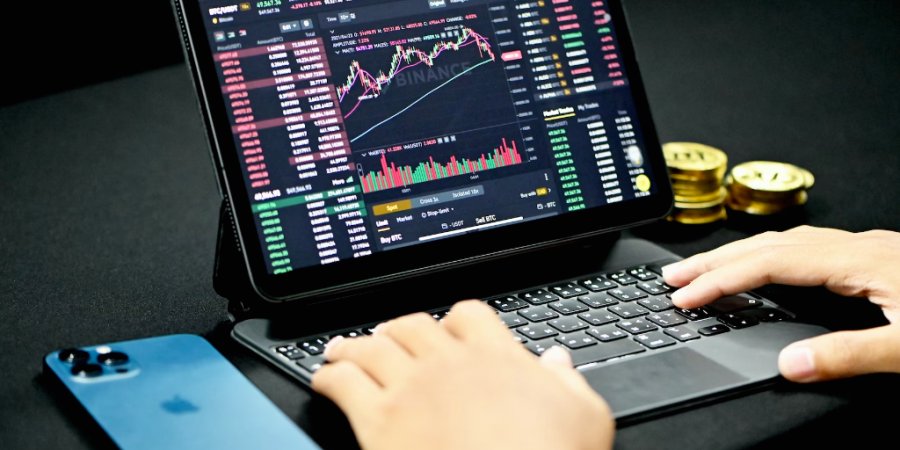
The Fear and Greed Index is not just a theoretical tool; it has real-world applications and can provide valuable insights into market trends. Let's explore some examples of how the index has reflected significant events in the cryptocurrency market.
Instances of Extreme Fear
August 22, 2019 - Fear Index: 5/100
On this day, Bitcoin was priced at $10,127.53 USD. The market had been experiencing a steady increase in value over a few months, with Bitcoin breaching the $12,000 USD mark amid trade worries caused by the 10% tariff on Chinese goods in the U.S. However, this did not last, as Bitcoin's value plunged soon after, reflecting a state of extreme fear in the market.
March 28, 2020 - Fear Index: 8/100
The global pandemic in 2020 had a tremendous impact on Bitcoin's value. Bitcoin went below $4,000 USD at that time, losing half of its value in just two days. The subsequent oil plunge scared many investors into de-risking, further worsening the situation. The Fear and Greed Index reflected this state of extreme fear, with a value of 8/100.
June 22, 2021 - Fear Index: 10/100
Following a massive crash that started on May 12, China's government decided to ban Bitcoin in their country—mining, holding, and trading all became illegal. This scared the international Bitcoin market into selling what they had, causing the Bitcoin value to plummet from an all-time high of $63,569.81 USD on April 14 to as low as $29,789.94 USD on July 21. The Fear and Greed Index reflected this state of extreme fear, with a value of 10/100.
Instances of Extreme Greed
July 9, 2019 - Greed Index: 84/100
Bitcoin was increasing in popularity and adoption at this time, breaching all-time highs multiple times over the span of a few months, reaching a new all-time high since 2017. This extreme greed caused Bitcoin to reach its then all-time high of $12,000 USD.
December 8, 2020 - Greed Index: 95/100
In the middle of 2020's bull run, a clamoring for institutional investors helped Bitcoin find itself the focus of market greed once more. Coming from August's $11,000 USD, it found itself past $18,000 USD by the end of the year. Increases in purchasing power and inflation were huge factors in this increase in greed.
October 20, 2021 - Greed Index: 84/100
The increasing popularity of NFTs drove people to learn more about the crypto space, diverting attention towards Bitcoin, the first of its kind. An all-time high was reached the next day at $66,008.47 USD. The Bitcoin all-time high was reached later on November 9, 2021, at $67,553.95 USD.
These examples illustrate how the Fear and Greed Index can reflect significant events and trends in the cryptocurrency market. By understanding the index and its implications, traders and investors can make more informed decisions and potentially avoid making trades based on pure emotion.
Reading the Index: A Daily Snapshot
The Fear and Greed Index provides a daily snapshot of market sentiment. A high value on the index, closer to 100, indicates a state of extreme greed. This is often seen when the market is bullish, and prices are on an upward trend. Traders and investors, driven by the fear of missing out (FOMO), may make hasty buying decisions, leading to overbought conditions.
Conversely, a low value on the index, closer to 0, signifies extreme fear. This is typically observed when the market is bearish, and prices are falling. Negative news events or market trends can trigger panic selling, leading to oversold conditions.
The Fear and Greed Index Live: A Real-Time Tool
The Fear and Greed Index is not just a static measure; it is a dynamic, real-time tool. It updates every 24 hours, providing fresh insights into the market's emotional state. This live feature makes the index an invaluable resource for traders and investors, allowing them to keep their finger on the pulse of the market.
The Frequency of Updates
The Fear and Greed Index is a dynamic measure that is updated regularly to reflect the current state of the market. The index is updated every 12 hours, providing fresh insights into the market's emotional state twice a day.
The Importance of Understanding the Index
Understanding how the Fear and Greed Index is calculated can provide valuable insights into its significance and utility. By taking into account a variety of factors, the index provides a comprehensive measure of market sentiment that can help traders and investors make informed decisions. However, it's important to remember that the index is just one tool among many, and it should be used in conjunction with other indicators and strategies.
The Impact of Fear and Greed on the Crypto Market
The emotions of fear and greed can have a profound impact on the crypto market. For example, when large corporations show interest in Bitcoin, it can trigger a "fear of missing out" (FOMO) among retail investors, leading to rash buying decisions and a surge in prices. This state of greed can be identified by a high value on the Fear and Greed Index.
On the other hand, negative crypto news events can cause panic selling, leading to a drop in prices. This state of fear can be identified by a low value on the Fear and Greed Index. By monitoring these shifts in market sentiment, traders and investors can better anticipate market trends and adjust their strategies accordingly.
The Benefits and Limitations of the Fear and Greed Index
The Fear and Greed Index can be a valuable tool for crypto traders and investors, offering several key benefits. It provides a measure of market sentiment, helping users understand the mood of the market. It can assist in making profitable decisions, giving indications of potential entry and exit points. It can also provide better trading opportunities by identifying periods of extreme fear or greed.
However, the Fear and Greed Index is not without its limitations. It is based on indicators that are subjective in nature, such as social media metrics and Google searches, which may not always accurately reflect the state of the market. There is also a lack of transparency in how the index is calculated, making it difficult for users to fully understand its methodology.
The Fear and Greed Index Across Different Cryptocurrencies
While the Fear and Greed Index is often associated with Bitcoin, it can also provide insights into other cryptocurrencies. For instance, there are separate indices for Ethereum and XRP, among others. These indices operate on the same principles as the Bitcoin Fear and Greed Index, measuring market sentiment based on various data sources.
The Fear and Greed Index on Different Platforms
The Fear and Greed Index is available on various platforms, including TradingView and CoinGecko. These platforms provide interactive charts that allow users to track the index's value over time. They also offer additional features, such as market analysis and trading tools, making them popular choices among crypto traders and investors.
The Fear and Greed Index in the Crypto Community
The Fear and Greed Index has gained significant attention in the crypto community. It is frequently discussed on platforms like Reddit, where users share their interpretations of the index and its implications for the market. These discussions can provide valuable insights, but they should be taken with a grain of salt, as they are often based on personal opinions rather than objective analysis.
Conclusion
The Fear and Greed Index is a powerful tool that can help crypto traders and investors navigate the volatile world of cryptocurrency trading. By providing a measure of market sentiment, it can assist in making informed investment decisions. However, like any tool, it should be used in conjunction with other indicators and strategies, and not relied upon exclusively. As always, it's important to do your own research and due diligence before making any investment decisions.
More to Read:
Previous Posts:






